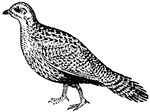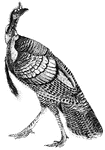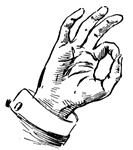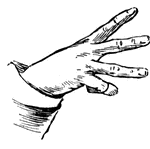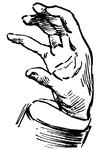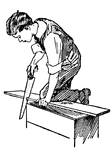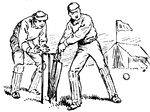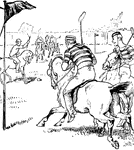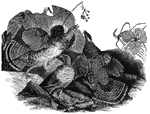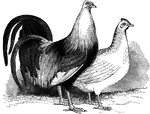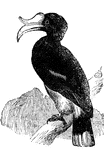
Hornbill
The hornbill family are remarkable for the very large size of the beak, and the large protuberance that…
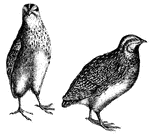
Quail
The quail has a small beak, a short back toe inserted high up, tarsi furnished with a rudimentary spur…

Pheasant
The pheasant prefers wooded slopes or marshy plains. They eat grain, berries, worms and insects.

Golden Pheasant
The pheasant prefers wooded slopes or marshy plains. They eat grain, berries, worms and insects.
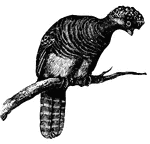
Curassow
Naturally very gentle, they readily yield to captivity, when they become familiar, and evince pleasure…
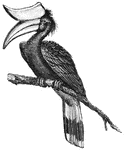
Hornbill
The hornbill family are remarkable for the very large size of the beak, and the large protuberance that…

Harp
An instrument having an upright triangular frame consisting of a pillar, a curved neck, and a hollow…
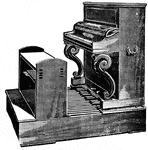
Piano with Pedal Key board
Enriches the piano with special effects, but necessarily deprives the player of the use of the ordinary…

Carillon with Clavier
By adapting a key-board to a carillon we obtain an instrument more convenient for use; and besides,…
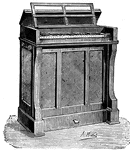
Celesta
A musical instrument with a keyboard and metal plates struck by hammers that produce bell-like tones.
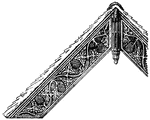
Barge Board
A barge board is nailed against the outer face of a wall, along the slopes of a gable end of a house…
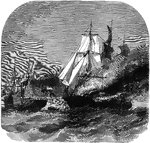
Harvey Birch
"Burning of the American merchantman "Harvey Birch," of New York, Captain Nelson, in the British Channel,…

Bombardment of Island No. 10
"Bombardment of Island No. 10 and the fortifications opposite, on the Kentucky Shore, by the Federal…

First naval battle
"First naval battle in Hampton Roads between the Confederate iron-plated steamers Merrimac, Yorktown,…

Burning of the White House
"Burning of the White House- the Federal troops, by command of General McClellan, abandoning their position…

Camp Dennison
"Camp Dennison, sixteen miles above Cincinnati, on the banks of the Miami River, General Cox commanding-…
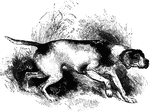
Pointer
"The pointer is the off-spring of the fox-hound and spaniel, and presents a remarkable instance of a…

Ellsworth's Zouaves
"The departure of Colonel Ellsworth's Zouaves from New york, escorted by the fire department- the regiment…

Port Royal Ferry
"Successful attack of a detachment of the Federal forces, under General Stevens, supported by four gunboats…

Destruction of Nashville
"Destruction of the famous Confederate privateer Nashville, in the Ogeechee River, Ga., by…

Steamer Alabama
"The Confederate privateer steamer Alabama (290). Captain Raphael Semmes. Our illustration…

Admiral David G. Farragut
"Admiral Farragut, born at Campbell's Station, near Knoxville, Tenn., July 5th, 1801, died in Portsmouth,…
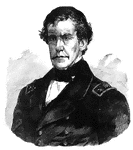
Rear Admiral Charles Wilkes
"Rear Admiral Wilkes, born in New York city, April 3rd, 1798, died in Washington, D. C., February 8th,…
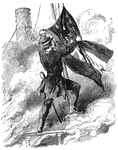
Capturing the Confederate Flag
"Lieutenant J. H. Raymond capturing the Confederate flag from the burning Confederate steamer Fanny,…
!["Presentation of colors to the Twentieth United States [African American] Infantry, Colonel Bartram, at the Union League Clubhouse, New York, March 5th, 1864. The Twentieth Regiment, United States [African American] Troops, left Riker's Island at nine o'clock on the 5th of March, 1864, on board the steamer <em>John Romer</em>, and were conveyed to the foot of Twenty-first Street, East River, New York, where they were disembarked and formed in regimental line, and marched to Union Square, arriving in front of the Union League Clubhouse at one o'clock. A vast crowd of citizens, of every shade of color and every phase of social and political life, filled the square and streets, and every door, window, veranda, tree and housetop that commanded a view of the scene was peopled with spectators. Over the entrance of the clubhouse was a large platform, ornamented with flags and filled with ladies. In the street was another platform, tastefully decorated and occupied by prominent citizens. From the stand the colors were presented by President King of Columbia College, who addressed them with warmth and eloquence. After the presentation ceremony was over the men stacked arms and partook of a collation provided for them."— Frank Leslie, 1896](https://etc.usf.edu/clipart/11700/11749/presentcolor_11749_mth.gif)
Presentation of Colors
"Presentation of colors to the Twentieth United States [African American] Infantry, Colonel Bartram,…

Commodore Barney
"The war in Virginia. Explosion of a torpedo under the Commodore Barney, on James River, August…
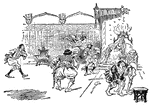
Jumping over stick
In Lilliput there is a ceremony which is performed in the majesty's great chamber of state, where candidates…

Frog on board
As Gulliver rows in the miniature boat made for him by the Queen of Brobdingnag, a giant frog leaps…

Acquia Creek
"The attack upon the batteries at the entrance of Acquia Creek, Potomac River, by the United States…
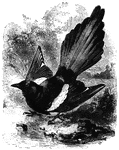
Magpie
The magpie builds its nest in a high tree or a lofty hedge. It is omnivorous, but prefers meat, such…

Iroquois
"Terrible effect of a discharge of grape from Fort Jackson on the Federal gunboat Iroquois,…
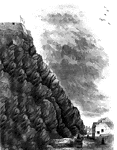
Cape Diamond
Cape Diamond, this is a view of the spot where Montgomery was killed. The cliff is Cape Diamond, crowned…
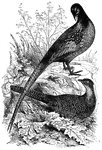
Pheasant of Europe
The common pheasant of Europe is prized as a game bird, and prefers to make its home in marshes, thickets,…
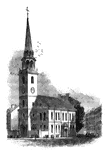
Old South
"The Old South. This venerable and venerated edifice, that stood through all the storms of the Revolution,…
Burning of the White House
"Burning of the White House- the Federal troops, by command of General McClellan, abandoning their position…


